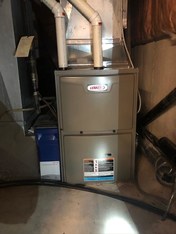If you’re like most homeowners, you probably think of furnace cleaning as a dreaded chore that you put off until the last minute. But did you know that failing to properly clean and maintain your furnace can lead to decreased efficiency and even system failure? That’s why it’s important to make furnace cleaning and maintenance a priority.
In this article, we’re going to cover the crucial furnace cleaning and maintenance tips that will help keep your system running smoothly for years to come.
How Often You Should Maintain and Clean Your Furnace
The frequency with which you should maintain and clean your furnace depends on a variety of factors, including the type of system you have, how often it’s used, and the surrounding environment. For most furnaces, a check-up once yearly should be ample to provide long and reliable usage lives.
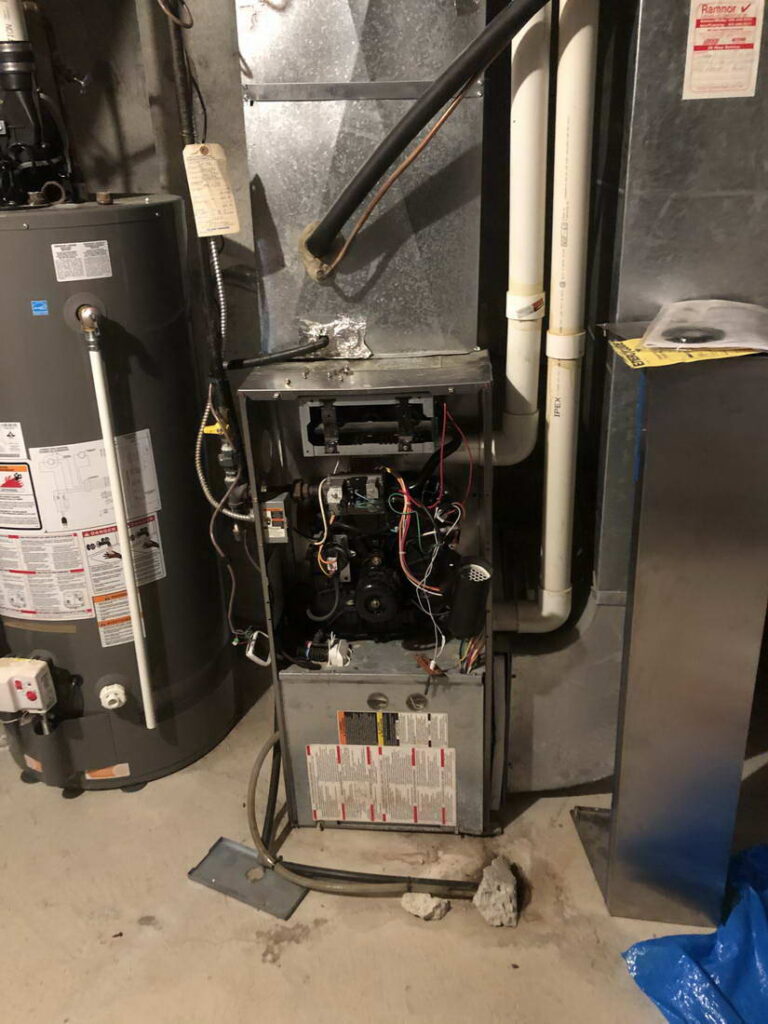
Beyond the furnace itself, though, your furnace filter will require far more frequent support. Here are some notes to keep in mind when considering how often should you clean your furnace and replace the filter inside:
- If you choose to install a basic fiberglass or paper filter for your furnace, it will typically need to be replaced every 1-2 months during a heating season.
- If you choose to install an electrostatic or HEPA filter, it will typically need to be replaced every 2-4 months.
- If your home has furry pets or smokers, it’s advised that you change the filters more frequently to trap dust, dirt, and airborne particulates that will begin to circulate.
How to Clean Your Furnace
If you’re going to clean your furnace, you’ll need to first determine what type of system you have. If you have an electric furnace, all you’ll need to do is vacuum the filters every few months. If you have a gas furnace, however, there are a few more things you’ll need to do.
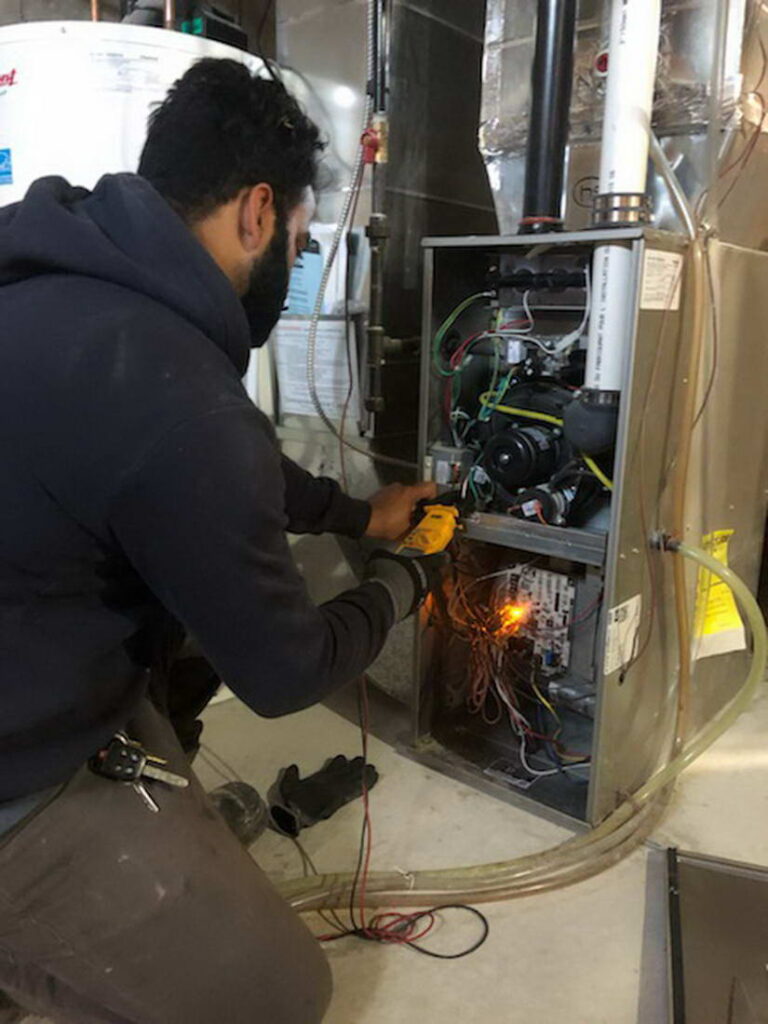
Step 1: Clean out the combustion chamber
The combustion chamber is where the burning of fossil fuels takes place. Over time, this area can become caked with soot and grime, which can lead to decreased efficiency and even fires. To clean the combustion chamber, you’ll need to:
- Shut off the gas to the furnace.
- Remove the chamber door.
- Use a stiff brush and soapy water to scrub away any soot or grime.
- Rinse with clean water and dry thoroughly.
Once this is complete, you can move to step 2.
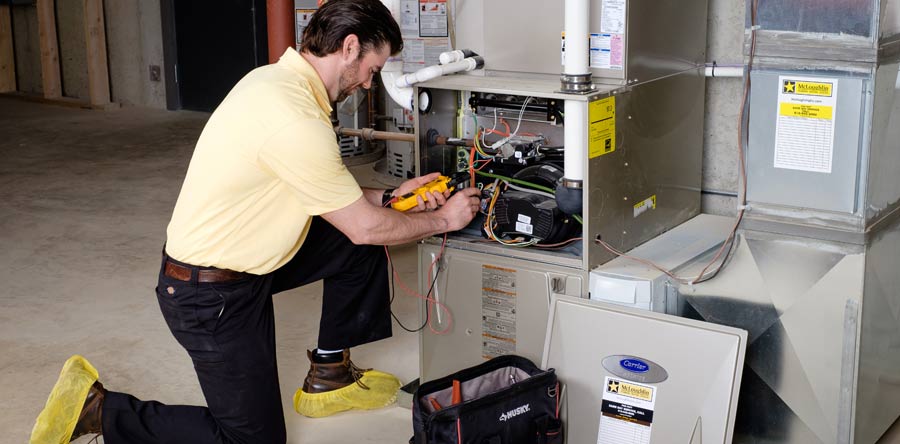
Step 2: Clear the blower compartment of debris
The blower compartment is located beneath the combustion chamber. This is where the blower motor and fan are located, and it’s also where a lot of dirt and debris can accumulate over time. To clean the blower compartment, you’ll need to:
- Remove the blower access panel.
- Vacuum away any dirt or debris that has accumulated.
- Wipe down all surfaces with a damp cloth.
Once this is complete, you can move to step 3.
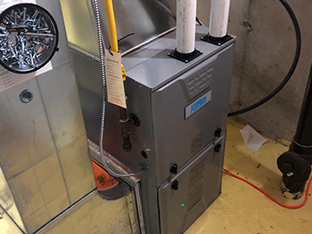
Step 3: Clean the furnace filter
The furnace filter is one of the most important parts of your furnace, and it should be cleaned regularly to ensure optimum performance. To clean the furnace filter, you’ll need to:
- Remove the furnace filter.
- Wash it in warm, soapy water.
- Rinse with clean water and allow to dry thoroughly.
- Reinstall the furnace filter.
Once this is complete, you can move to step 4.
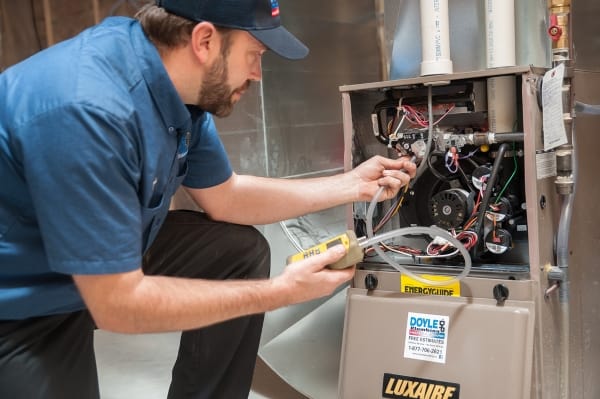
Step 4: Oil the motor bearings
If your furnace has a belt-driven motor, you’ll need to oil the bearings every few months to ensure optimal performance. To oil the motor bearings, you’ll need to:
- Locate the motor bearings.
- Remove the covers and apply a light coat of oil.
- Replace the covers and secure them.
When You Should Call a Professional
While most furnace maintenance tasks can be completed by the homeowner, there are some cases where it’s best to call a professional. If you notice any of the following, it’s time to contact a furnace repair technician:
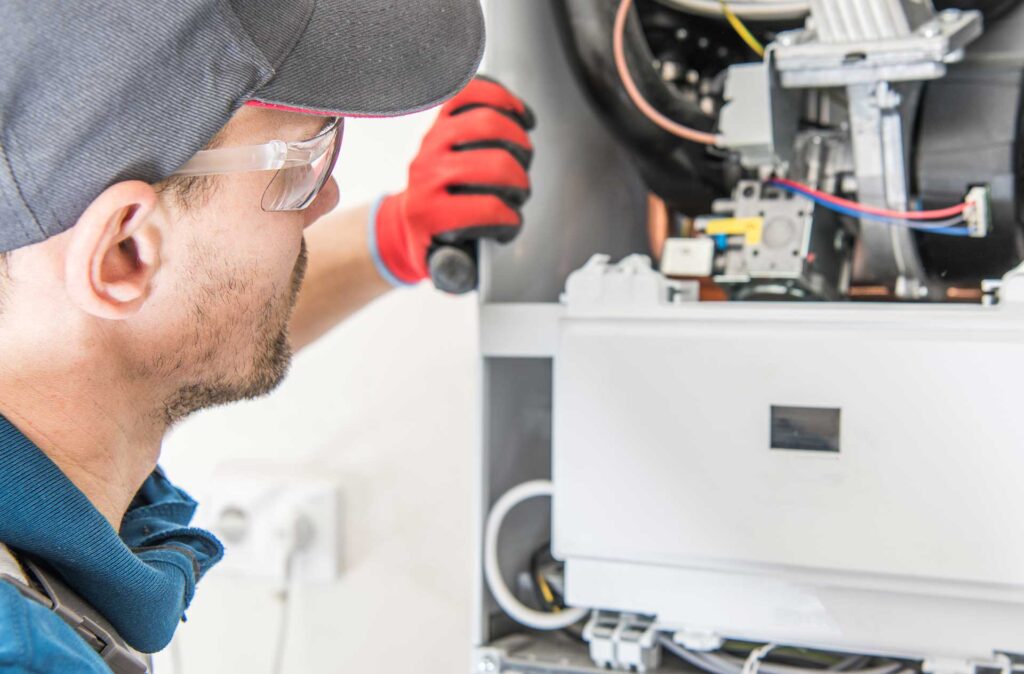
- The furnace is making strange noises. If it becomes clear that your furnace is no longer operating as quietly as it once did, it’s time to call a professional.
- There is water around the furnace. If you notice water pooling around your furnace, it’s time to call a professional. This could be an indication of a serious problem, such as a cracked heat exchanger, and is something you’ll want to address as quickly as possible before more serious damages occur.
- The furnace is leaking gas. If you notice a gas leak, it’s time to call a professional immediately. This is an extremely serious problem that could lead to an explosion, so don’t attempt to repair it yourself.
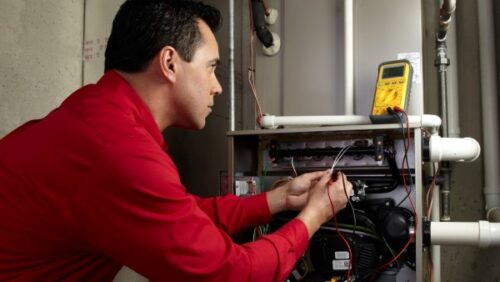
- The pilot light won’t stay lit. If your pilot light keeps going out, it’s time to call a professional. There could be a problem with the ignition system, and it’s best to leave this type of repair to the experts.
- Soot or debris is coming from the furnace. If you notice soot or debris coming from your furnace, it’s time to call a professional. This could be an indication of a problem with the combustion chamber and is something that should be addressed as quickly as possible.
- The furnace isn’t heating evenly. If you notice that your furnace isn’t heating the rooms throughout your home evenly, it’s time to call a professional. This could be an indication of a problem with the blower motor or fan and is something that should be addressed as quickly as possible. Not only will this issue compromise your quality of living, but it will also begin to have a serious impact on your energy bill moving forward.
If you notice any of these issues, don’t hesitate to reach out to a professional team – Like Therm Energy – for help. Trying to fix the problem yourself could result in further damage and even injury.
Frequently Asked Questions (F.A.Q)
A: The amount of time it takes to clean a furnace will depend on the type of furnace you have and the level of cleaning that’s required. For basic cleaning, you can expect to spend 1-2 hours. For more thorough cleaning, you may need to allocate 3-4 hours.
A: There are a few signs that your furnace may be on its last legs, including strange noises, water pooling around the unit, and an inconsistent level of heat across rooms. In addition to those furnace-specific indicators, you may also notice increased energy bills, which will indicate that your furnace is running inefficiently.
A: The average furnace will last between 15 and 20 years. However, this number will vary depending on the type of furnace you have, how well it’s been maintained, and the climate in which you live.
Once your furnace has reached 15-years, it’s time to start conducting proper assessments and potentially begin to explore the option of a replacement.
A: While all furnaces have the potential to be dangerous, old furnaces are especially at risk. An old furnace may not be able to handle the increased load of a newer, more energy-efficient model. Additionally, an old furnace may not have the safety features that are common in newer models.
Beyond simple performance issues, though, old furnaces also run the risk of gas or oils leaks, which can result in fires and carbon monoxide exposure. Although not incredibly frequent, it’s important to take as many preventative steps as possible to avoid disaster. If your furnace is more than 15 years old, it’s time to start considering a replacement.
A: Replacing a furnace is a complicated and potentially dangerous task. It’s always best to leave furnace replacement to the professionals. Attempting to replace your furnace yourself could result in serious injury or damage to your home.
A: Most furnaces should be serviced at least once a year. However, if you live in an area with extreme weather conditions, it’s important to service your furnace more frequently. In general, gas furnaces should be serviced every six months, while oil furnaces should be serviced every three months.
Get a Free Estimate
Furnaces are essential for keeping our homes warm and cozy during the cold winter months. However, if they’re not properly maintained, they can quickly become a safety hazard. That’s why it’s important to have your furnace cleaned and serviced regularly and to ensure that no signs of wear or issue are slipping through the cracks. By hiring a professional team like ThermEnergy, you can rest assured knowing that your furnace is in good hands. We’ll clean every nook and cranny of your furnace to help prolong its life span. Contact us today to learn more about our team, services, or to request a service appointment of your own!

